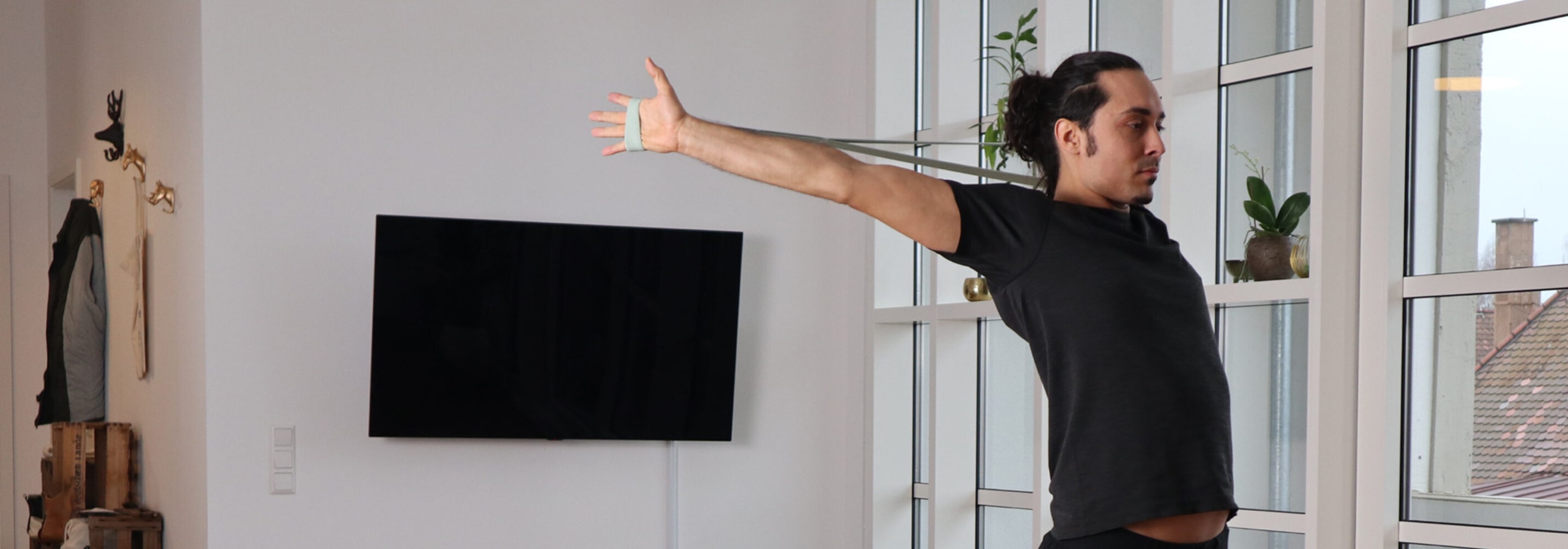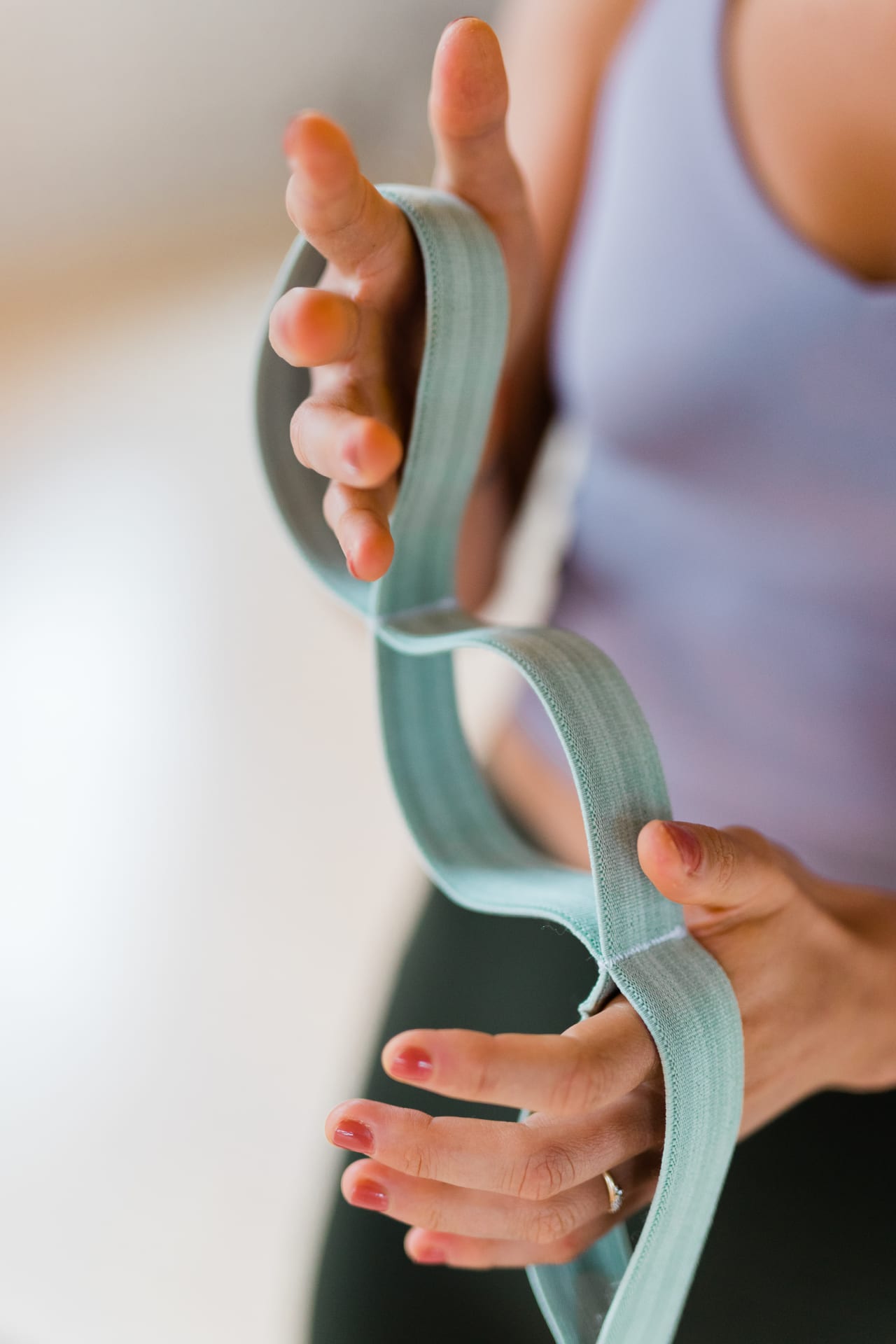
More inner balance through muscle stretching exercises
Restore your body's natural balance with these biokinetic exercises.

Have you ever heard of muscle stretching exercises or biokinetics? These active flexibility exercises are becoming more popular. Biokinetic exercises or muscle stretching exercises can restore the body’s natural tension and compensate for imbalances. In addition to the muscles, the fascia which surround the muscles are also primarily targeted during muscle stretching exercises. This results in more suppleness overall. Improvements in flexibility can usually be seen after just a few sessions.
Muscle stretching exercises can combat common ailments such as back and neck pain, improve flexibility and body awareness and restore balance. Top athletes benefit from this type of training as much as someone who spends 8 hours a day in an office.
We’ve put together five flexibility routines for you. Each of these training sessions focusses on a specific muscle and fascial line. You can perform the individual biokinetic exercises as often as you like and combine them together.
Muscle stretching exercises - What you need to know:
- The exercises should be held for 20-25 seconds or for 5 breaths.
- Breathe deeply and never hold your breath.
- Listen to your body and adapt the intensity and tempo of the training accordingly.
What you'll need for the muscle stretching exercises:
- A BLACKROLL® STRETCH BAND
- An exercise mat or soft surface
- A chair/stool
- A folded-up towel
- A wall
Muscle stretching training
People who spend a lot of time sitting in front of their computer or who frequently find themselves hunched over on a daily basis may find an imbalance of tension in the front muscle and fascial line. Our back line then has to compensate for this increase in tension. This results in tightness in the back. Most people are familiar with common neck or back pain. This routine lengthens the fibres along the front of your body. It's ideal after a long day at the office or whenever you feel the need.
Muscle stretching exercises for the front fascial line (intensive)
Unlike the first routine for the front line, we'll be moving on the floor here. This lets you increase the intensity of the exercises. It also places greater focus on other muscle groups. You'll be able to feel which muscles they are. If certain exercises are too intense, swap these for exercises from the first routine.
Muscle stretching exercises for the back fascial line
The back muscle and fascial line extends from the soles of our feet, through the back of our entire body, towards the eyebrows. If you regularly suffer from headaches in the forehead area, they could be linked to this dorsal line. Standard stretching exercises often only focus on a few muscles. This routine lengthens the entire back of your body, from the soles of your feet through to the scalp fascia, and loosens up any agglutination along the way.
Muscle stretching exercises for the spiral fascial lines
The spiral muscle and fascial lines envelope the torso in two opposite circles. They enable rotation and are responsible for stability and balance within our body. Imbalances along this line often manifest themselves as shoulder pain as well as hip and back pain. Our daily lives rarely incorporate movements involving rotation. This routine will help you restore balance along the spiral lines.
Muscle stretching exercises for the lateral fascial lines
The lateral muscle and fascial lines extend from the soles of the feet, through the side of the body up to the skull bone. They stabilise the front and back parts of our body. They often become shorter due to one-sided activities and lack of physical exercise. Respiratory muscles also form part of this line. The muscle stretching exercises in this routine are therefore also suitable for endurance athletes or people with breathing difficulties.


